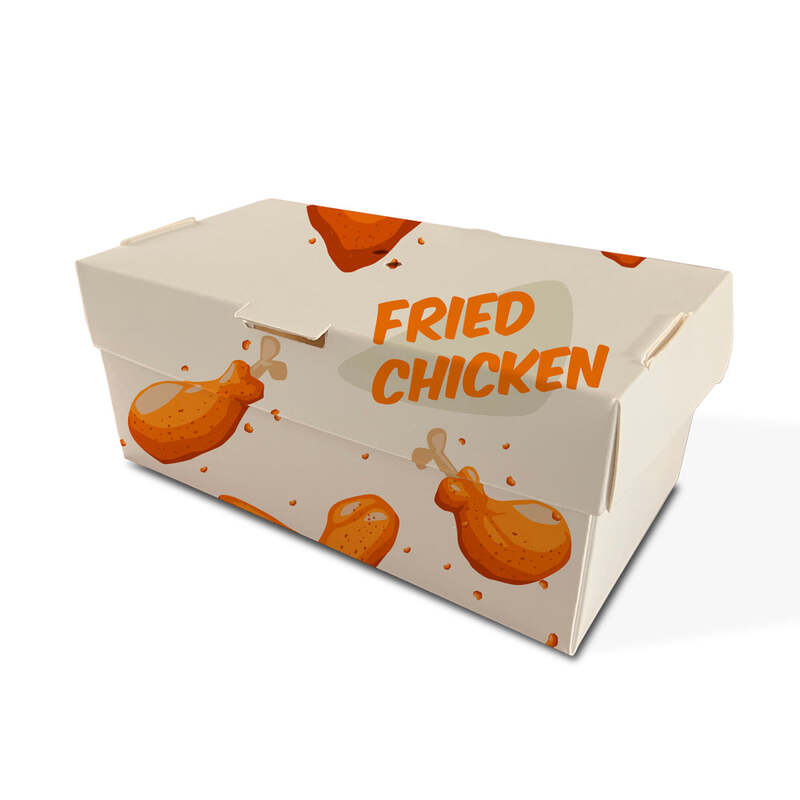The Art of Using Piping Bags A Baker's Essential Tool
Piping bags, also known as pastry bags, are indispensable tools in the world of baking and cake decorating. These versatile bags allow for precision in the application of frosting, cream, dough, and other mixtures, enabling bakers to create intricate designs and details that elevate their culinary creations. Understanding how to use piping bags effectively can enhance your baking skills and unleash your creativity in the kitchen.
What is a Piping Bag?
A piping bag is typically made from materials like cloth, plastic, or disposable film and comes in various sizes and shapes. The end of the bag is fitted with a piping tip, which can be changed depending on the desired effect. Common tips include round, star, and leaf shapes, each providing a unique finishing touch to cakes, cookies, and pastries. The size of the piping bag and the tip you choose will depend on the task at hand, with larger bags suited for bigger projects and smaller bags ideal for detailed work.
Types of Piping Bags
There are a few different types of piping bags available, each serving its unique purpose
1. Reusable Cloth Bags These are environmentally friendly and durable. They can withstand high temperatures and are easy to clean, making them a favorite among professional bakers.
2. Disposable Plastic Bags Perfect for one-time use, these bags eliminate the need for cleaning. They are often used in busy kitchens where speed is essential.
3. Silicone Bags These are flexible and easy to clean, suitable for those who want a durable, reusable option without the bulk of cloth bags.
How to Use a Piping Bag
piping bags

Using a piping bag can seem daunting at first, but with practice, it becomes second nature. Here are the steps to get started
1. Prepare the Bag If you’re using a reusable bag, ensure it is clean. Cut the end of the bag at an angle, making the opening appropriate for the size of the piping tip you intend to use. Insert the tip and secure the bag by pushing the tip into place until it fits snugly.
2. Fill the Bag Place the piping bag in a tall glass or container to hold it upright. Spoon your frosting or batter into the bag, filling it only halfway to allow for easy squeezing.
3. Seal the Bag Twist the top of the piping bag to ensure that no mixture will escape from the top as you apply pressure.
4. Piping Technique To apply the mixture, hold the bag at a 45-degree angle above your work surface. Apply even pressure while moving your hand in the desired pattern, whether you’re creating rosettes, borders, or filling pastries.
5. Practice Makes Perfect The best way to master piping techniques is to practice. Start with simple designs and gradually challenge yourself with more intricate patterns.
Creative Applications
Piping bags are not just for frosting cakes. They can be used in various applications, including
- Decorating Cookies Use different tips to create beautiful designs and write messages on cookies. - Savory Dishes Piping bags can also be used for savory foods, like filling pastries with cheese or mashed potatoes. - Chocolate Decorations Melt chocolate and pipe it into decorative shapes to add a chic touch to desserts.
Conclusion
Piping bags are a bakers' best friend. With their ability to create beautiful, intricate designs, they open up a world of creative possibilities in baking. With practice and experimentation, anyone can master the art of piping. So gather your supplies, get creative, and let the piping bag help you bring your culinary visions to life!



